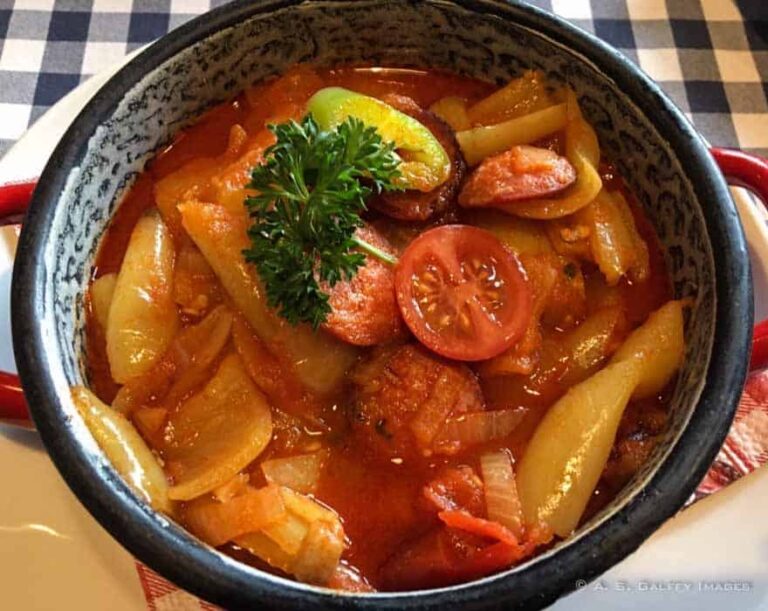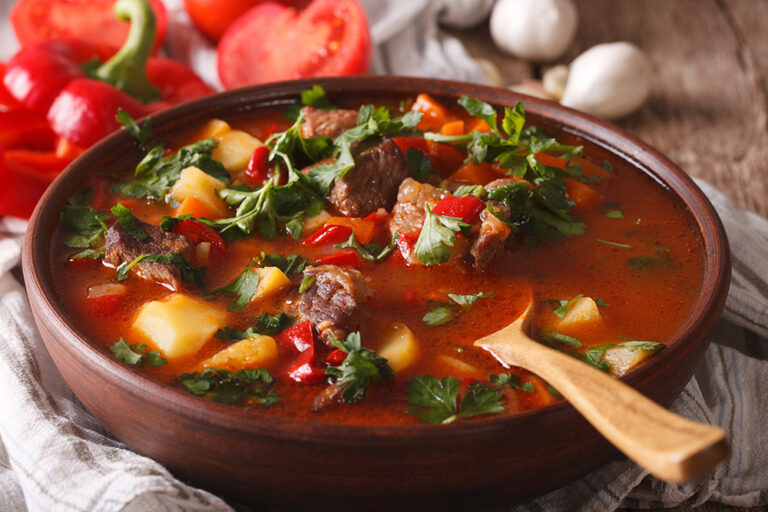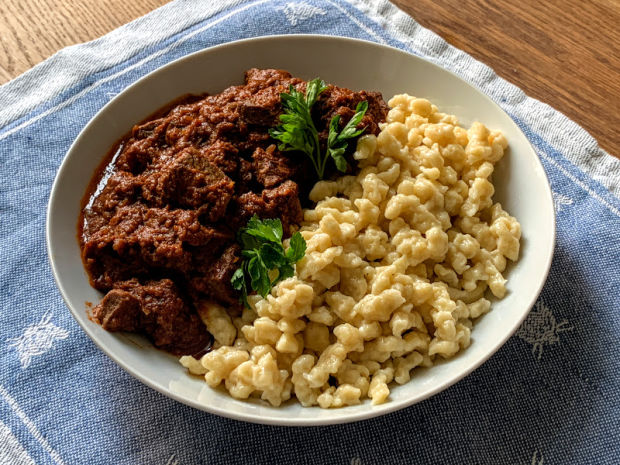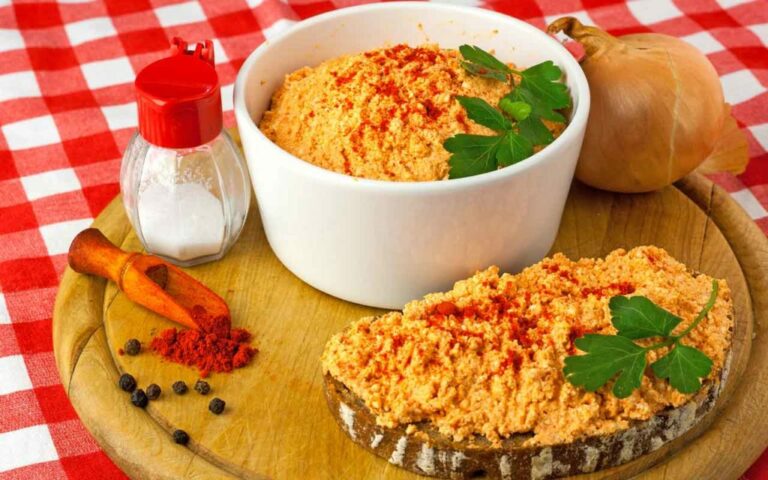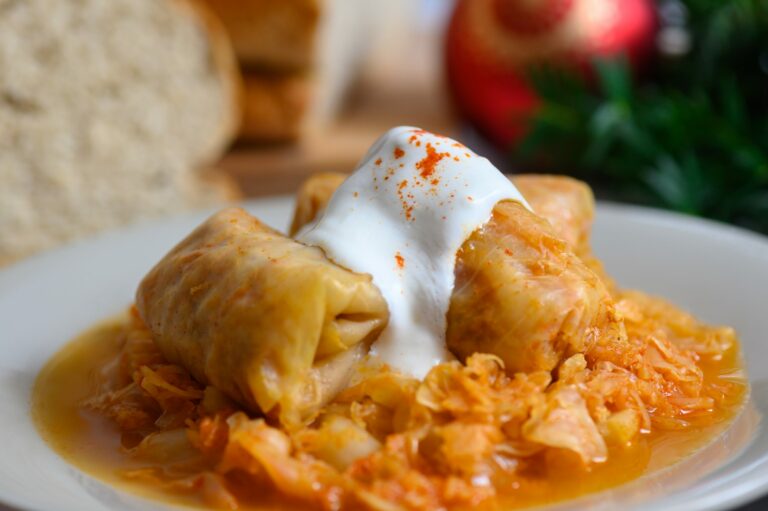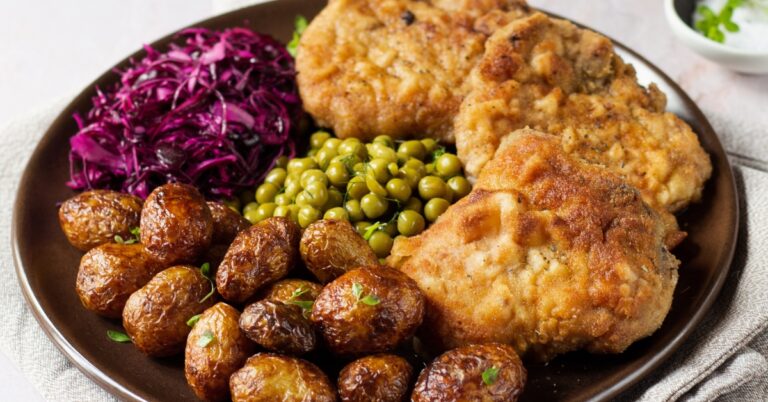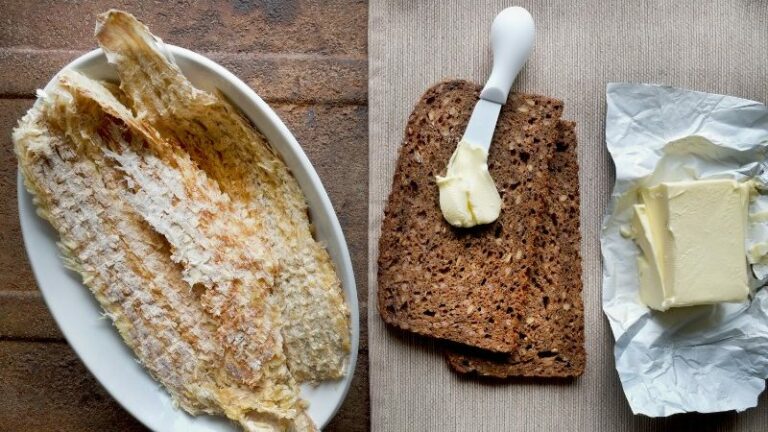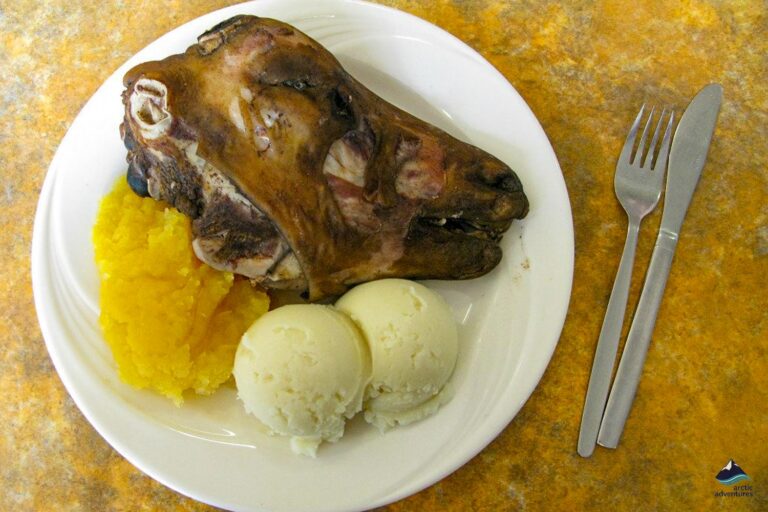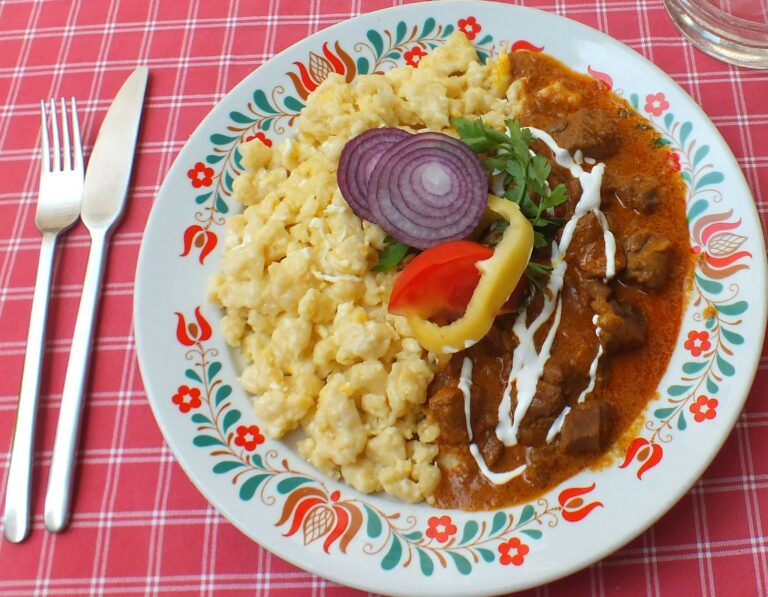Introduction: What is Hungarian Cuisine?
Hungarian cuisine is a unique blend of traditional ingredients and flavors, and it is known for its hearty and filling dishes. Paprika is a staple ingredient that plays a critical role in many of Hungary’s signature dishes, and it is often combined with sour cream, onions, and garlic to create rich and flavorful stews, soups, and main courses. Hungarian cuisine also features an array of meats, including beef, pork, chicken, and lamb, as well as hearty dumplings, noodles, and bread.
The Geography of Hungary and its Neighbors
Hungary is situated in the heart of Europe, and its neighbors include Austria, Slovakia, Ukraine, Romania, Serbia, Croatia, and Slovenia. Each country has its own unique cuisine, and it is natural that Hungarian cuisine has been influenced by the culinary traditions of its neighbors over the years.
Turkish Influence on Hungarian Cuisine
One of the most significant influences on Hungarian cuisine is the Ottoman Empire’s Turkish cuisine, which arrived in Hungary during the 16th century. Turkish cuisine introduced new spices, including paprika, which became a cornerstone of Hungarian cuisine. The Turks also introduced the concept of stuffing vegetables and meat, which led to the creation of stuffed peppers and cabbage rolls, two of Hungary’s most popular dishes.
Austrian Influence on Hungarian Cuisine
Austrian cuisine has also influenced Hungarian cuisine, and it is particularly evident in the sweet dishes. Austria’s influence can be seen in the strudel, a delicate pastry filled with sweet or savory fillings, which has become a staple of Hungarian cuisine. Another dish that has been influenced by Austrian cuisine is the goulash, which has a richer flavor due to the addition of sour cream and egg noodles.
Slovak Influence on Hungarian Cuisine
Slovakia’s influence on Hungarian cuisine is less pronounced than that of Austria or Turkey, but it has still made an impact. Slovak cuisine emphasizes hearty soups and stews, which have found their way into Hungarian cuisine. One example is the hearty bean soup, which is a popular dish in both Slovakia and Hungary.
Romanian Influence on Hungarian Cuisine
Romanian cuisine has also made its mark on Hungarian cuisine. One dish that has been influenced by Romanian cuisine is the kürtőskalács, a sweet pastry made of layers of dough wrapped around a wooden cylinder and roasted over an open flame. Another Romanian dish that has become a staple of Hungarian cuisine is the Transylvanian-style stuffed cabbage, which is a hearty and filling dish that is perfect for cold winter nights.
In conclusion, Hungarian cuisine has been influenced by its neighbors, and their culinary traditions have left their mark on the country’s cuisine. Although Hungarian cuisine is distinct and unique, it is impossible to ignore the impact that neighboring countries have had on its development. Today, Hungarian cuisine is a blend of traditional ingredients and flavors that have been influenced by centuries of cultural exchange with its neighbors.

